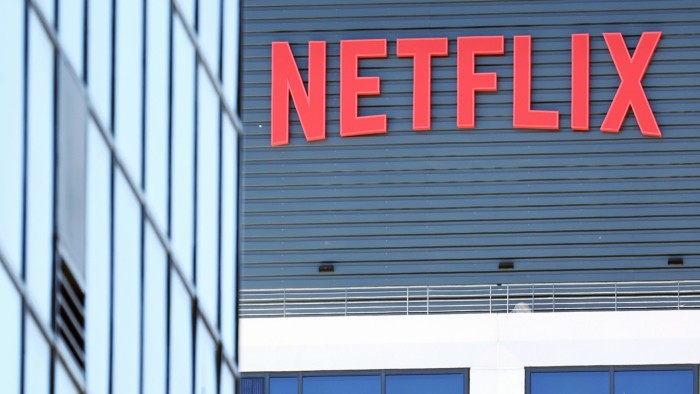Unlock the Editor’s Digest for free
Roula Khalaf, Editor of the FT, selects her favourite stories in this weekly newsletter.
Almost everything is being repackaged as a subscription-based service these days. It is not just streaming services or magazines. From razor blades to clothes and imperfect produce, more and more companies are turning one-off sales of ordinary products into subscriptions.
For users, the subscription economy promises convenience. For companies, those auto-renewals are a source of steady, recurring revenue.
Yet there is a big difference between companies which have evolved to provide the infrastructure to people’s lives, and those that aim to deliver stuff on a regular basis.
The likes of Netflix, Spotify and Disney+ have successfully tested the demand inelasticity for their services, pushing through successive price increases without losing subscribers.
At Amazon, the number of US Prime members grew from 112mn in 2019 to 194mn in 2024, according to the analytics firm Consumer Intelligence Research Partners. The $14.99 a month they paid contributed to the $44.3bn in subscription revenue Amazon pulled in last year.
Selling ordinary products on a regular basis is much harder to do. Blue Apron, the New York-based meal kit service that went public in 2018 at a valuation of just under $2bn was acquired two years ago for a mere $103mn. Shares in Hello Fresh, a competitor, are trading at less than a tenth of their 2021 high. Bark, a curated toy and treats service for dogs, and Stitch Fix, a personalised clothing service, are both down about 95 per cent from their peaks.
The problem with selling “stuff” is the novelty factor wears off, and the low barrier to entry means there is a lot of competition. High churn keeps the cost of customer acquisition and retention up. Neither Stitch Fix nor Bark has made a profit in the past five years. Moreover, the economics of packing and delivering physical goods are much more challenging than those of streaming music.
The biggest streaming services should have plenty of staying power. Between them, they have over 750mn members paying a monthly fee. That’s reflected in their premium valuations, 43 times forward earnings for Netflix and 58 for Spotify. Their size and vast content libraries should put them at the bottom of the list of things consumers would choose to cut, especially if they end up spending more time at home because they cannot afford to go out. But the divide between the winners and losers can only widen as financially-strapped consumers slim down their subs list.
